AO Edited
Hagerman Fossil Beds
An ordinary rancher stumbled upon one of the world’s largest collections of Pliocene horse fossils.
In 1928, Elmer Cook, a rancher from Hagerman, Idaho, stumbled upon fossils eroding from the rock along the Snake River. He reported his remarkable discovery to the U.S. Geological Survey, which contacted the Smithsonian Institution. The result was a remarkable series of fossil expeditions between 1929 and 1934.
The Hagerman digs revealed one of the richest known Pliocene fossil sites, dating back approximately 3 to 4 million years. The expeditions offered a rare glimpse into a world predating the Ice Age, as well as some of the earliest examples of today’s modern flora and fauna.
Blasting open the steep bluffs along the river, paleontology teams scoured away sediment using teams of horses. Digging up to 60 feet deep, what they found was incredible: the remains of over 200 Equus simplicidens (an ancient predecessor to modern horses) including several bone structures in impeccable shape.
The expedition site, later known as the Hagerman Horse Quarry, has since become a cornerstone in the study of horse evolution. The discovery of 20 complete skeletons of Pliocene horses now known as Hagerman Horses has provided an unparalleled look into the life stages and social structure of a prehistoric horse population.
Thousand Springs State Park, where the Hagerman expedition site is now remembered with a visitor center and the Hagerman Fossil Beds National Monument, continues to be one of the world’s richest Pliocene fossil sites. The excavations also uncovered remains of other large Pliocene animals such as ground sloths, mastodons and saber-toothed cats. Decades later, further paleontological investigations focused on combing the site for the smaller fossils and fragments which may have earlier been overlooked, for example, rodents, fish, frogs and turtles.
As a result, over 140 new species have been newly identified to science along with the Hagerman Horses. Two of the most notable are the Platygonus pearcei (a type of peccary or skunk pig) and Borophagus hilli also known as “The Bone Crusher” (a dog-like North American scavenger carnivore similar in role and purpose to hyenas in Africa today).
Cook continued to play a key role in the Hagerman discoveries until his death in 1961. As a “citizen scientist,” he contributed work to Smithsonian Institute crews for seven seasons of fossil digging while his wife, Lydia, would sometimes cook for the crew. He also maintained a personal fossil collection from which he also contributed specimens to the Smithsonian’s archives.
Know Before You Go
The Thousand Springs Visitor Center is where you can see fossils on display. The excavation sites themselves aren’t accessible to the public.
Sponsored by the Visit Idaho. Click here to explore more









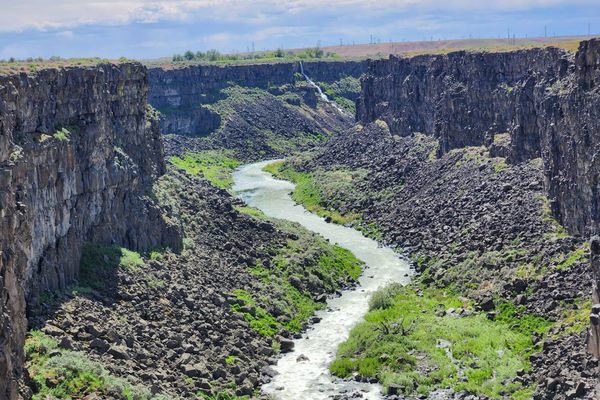


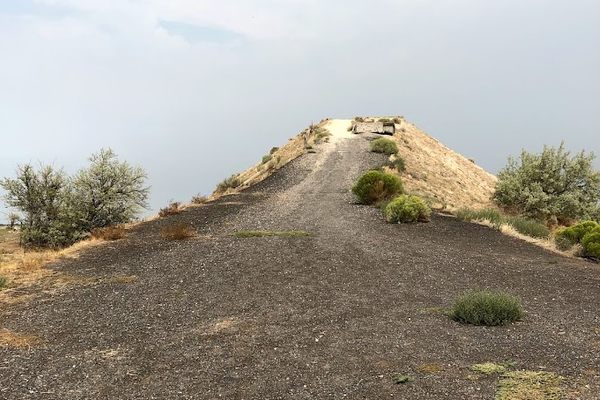
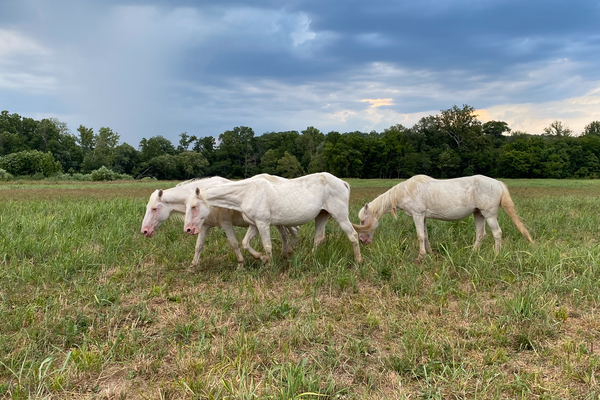
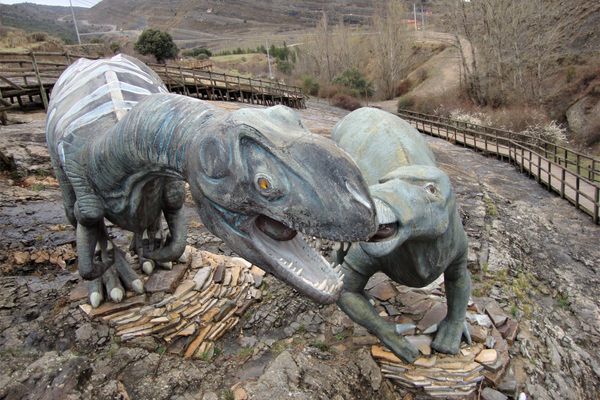

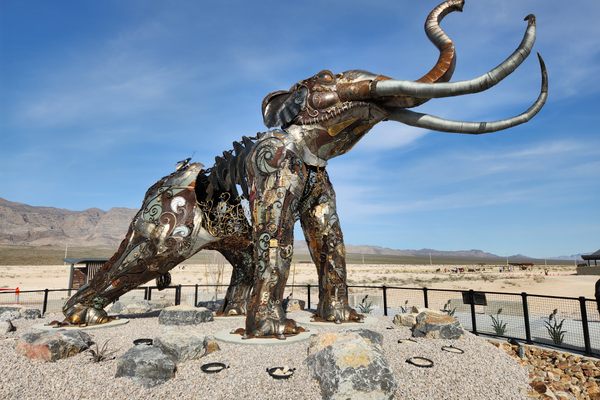

Follow us on Twitter to get the latest on the world's hidden wonders.
Like us on Facebook to get the latest on the world's hidden wonders.
Follow us on Twitter Like us on Facebook